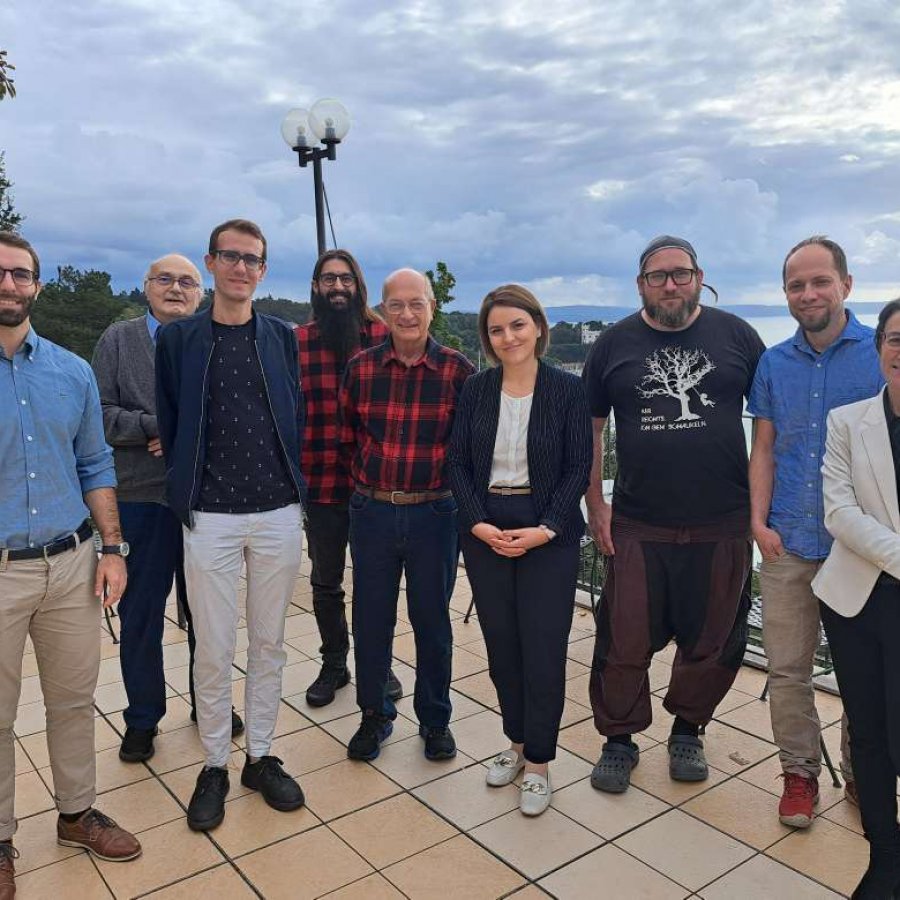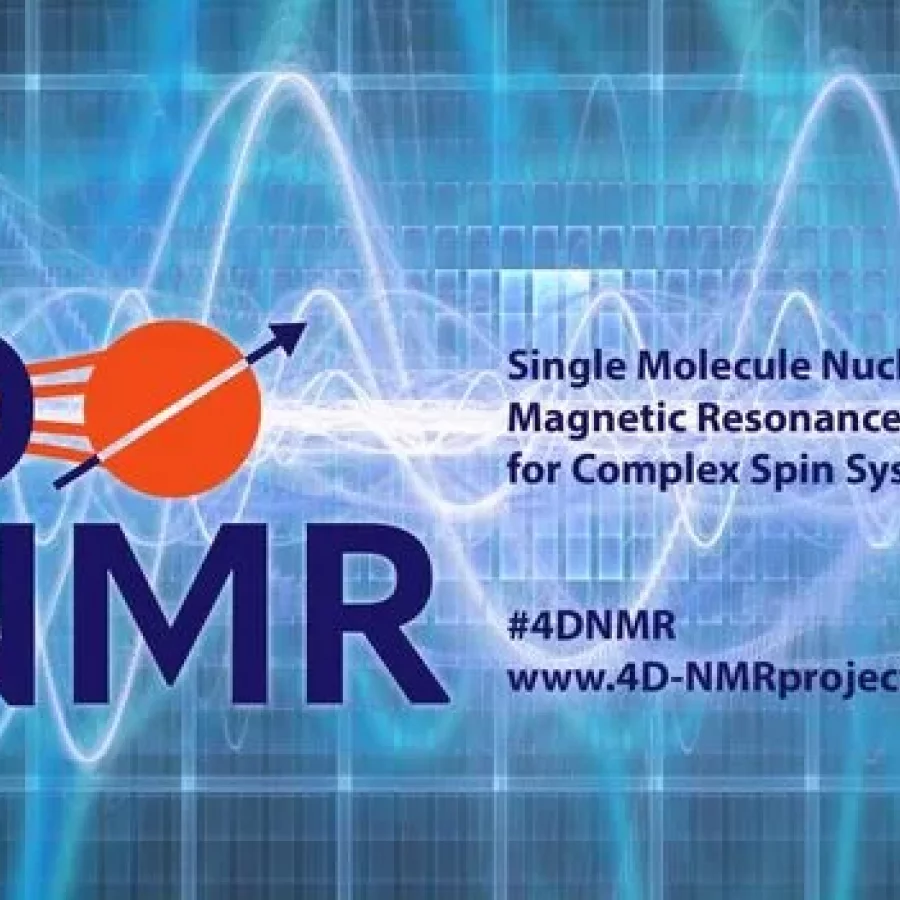What is 4D–NMR and how is it impacting society?
4D-NMR project will employ the atomic resolution capabilities of scanning probe microscopy (SPM) in combination with resonant, high-frequency electromagnetic excitation and readout techniques. By pushing the boundaries of GHz and RF technology, the project seeks to revolutionise NMR spectroscopy, unlocking unprecedented insights into the behaviour and properties of individual molecules. The 4D-NMR project marks a significant milestone in the pursuit of nanoscale imaging and spectroscopy, with the potential to enable transformative applications in fields such as medical sensing, energy, environmental, and information technology.
Scope of Research
4D-NMR’s goals are to develop a single-molecule Magnetic Resonance Microscopy (MRM) technology that will enable the identification of the 3D-chemical structures of complex molecules in 3 dimensions. The development of this technology aims to revolutionise NMR spectroscopy, transforming it into an imaging technique with sub-molecular spatial resolution. By applying synchronised magnetic pulse excitation, 4D-NMR will add the fourth-dimension dynamics of the sample under study.
This could have significant implications for fields such as life science, materials science, and chemical applications, where processes involving small amounts of chemical or biological molecules. Additionally, the scope to operate the technology in vacuum, but also in in-situ in liquid, makes it particularly relevant to these fields. This represents a significant advantage over commercial NMR’s. 4D-NMR will adapt and tweak the Electron Spin Resonance – Scanning Tunnelling Microscopy (ESR-STM) technique which allows for the detection of single spins in molecules. Apart from tackling this hurdle and aiming to advance the technique, the 4D-NMR team will make use of another recently developed, extremely sensitive Technique. Microwave Microscopy Technique is used to study the interaction of matter with high-frequency electromagnetic radiation in the gigahertz range. In this technique, a sample is irradiated with a GHz electromagnetic wave, and the absorption or reflection of this radiation is measured.
 01 April 2023
start date
01 April 2023
start date
 36 month
of duration
36 month
of duration
 3 Mil. €
Budget
3 Mil. €
Budget
 5 partners
5 partners
Connect with us on
Twitter and LinkedIn to stay informed
4D- NMR will run for three years with a budget of EUR 3 million, including substantial support from the European Union's European Innovation Council (EIC) Pathfinder Programme
About the European Innovation Council (EIC) Pathfinder Programme:
The European Innovation Council (EIC) Pathfinder Programme is an initiative by the European Union aimed at supporting ambitious research projects that explore disruptive technologies with significant potential to revolutionize multiple industries. Through substantial funding and a network of innovative partners, the EIC Pathfinder Programme nurtures groundbreaking ideas and facilitates their transition into real-world solutions.









